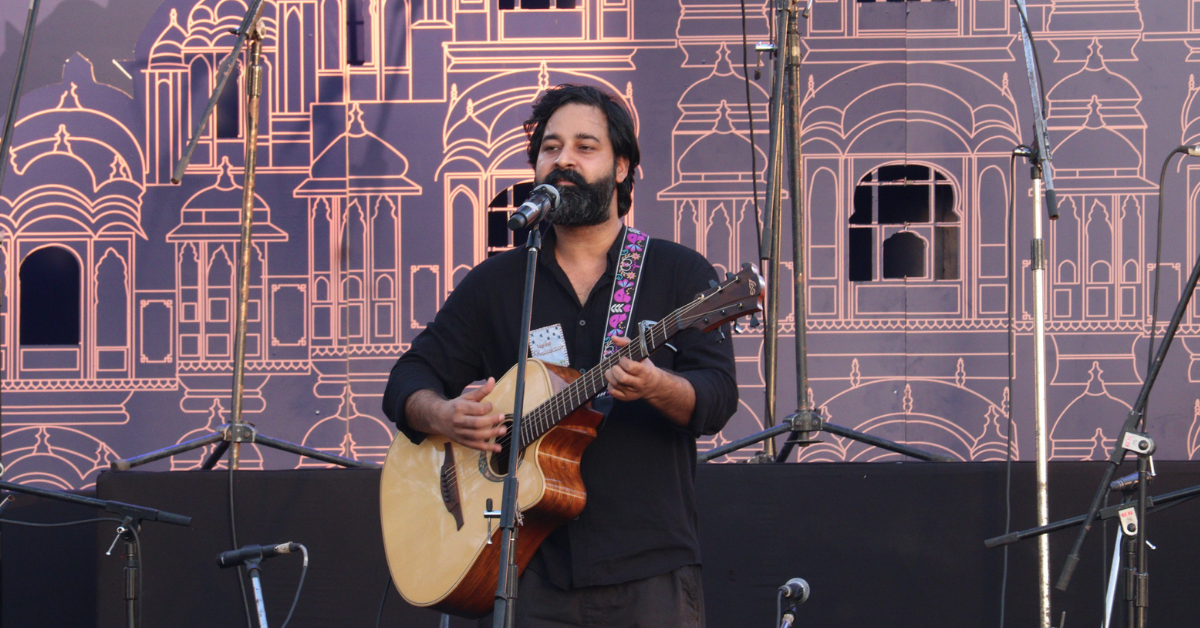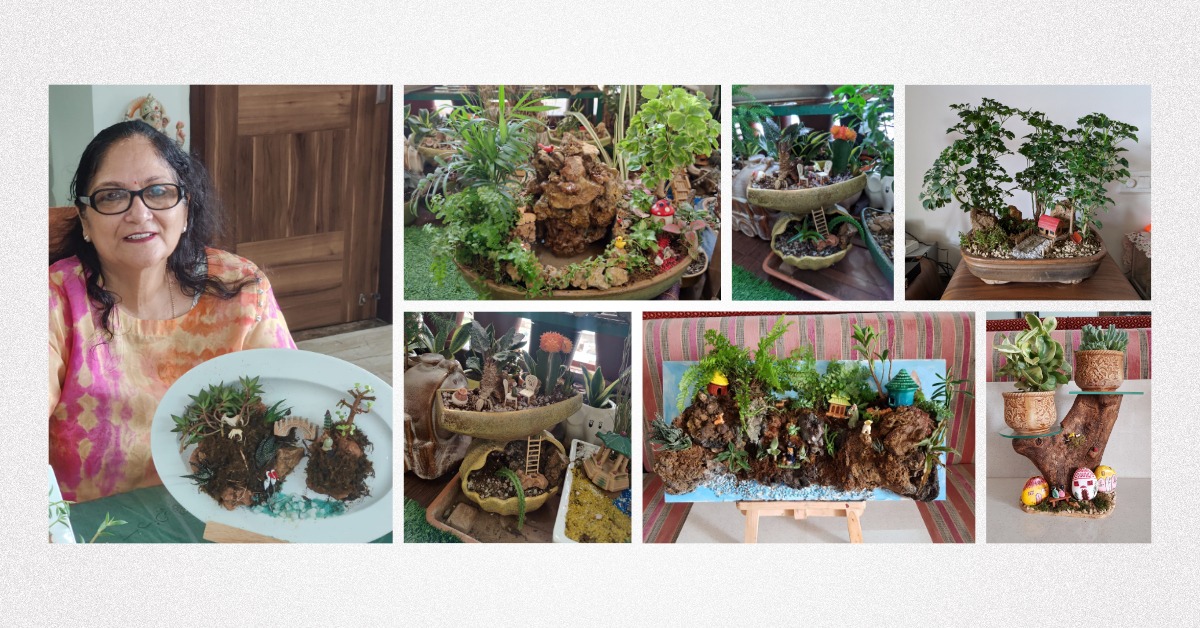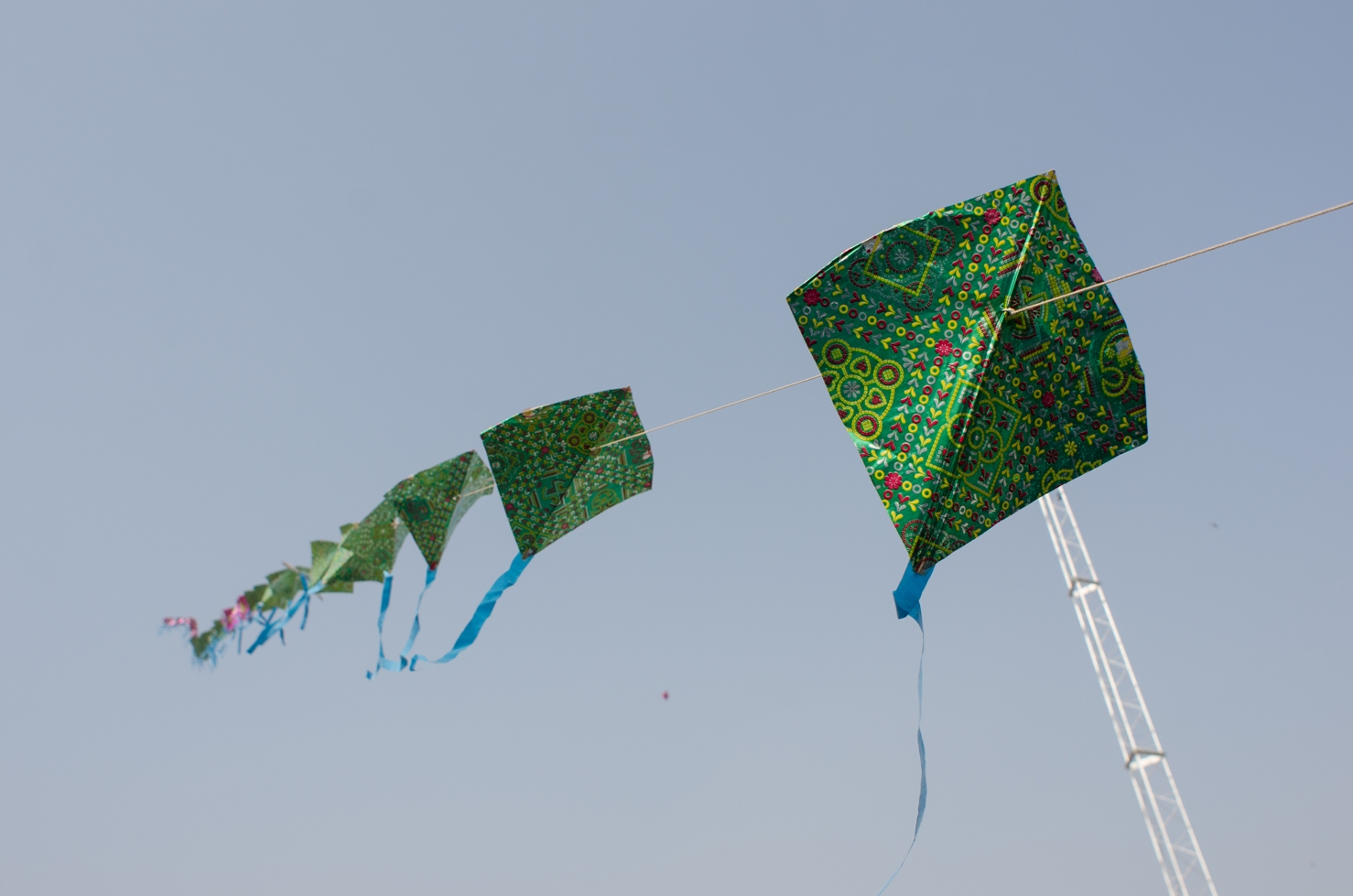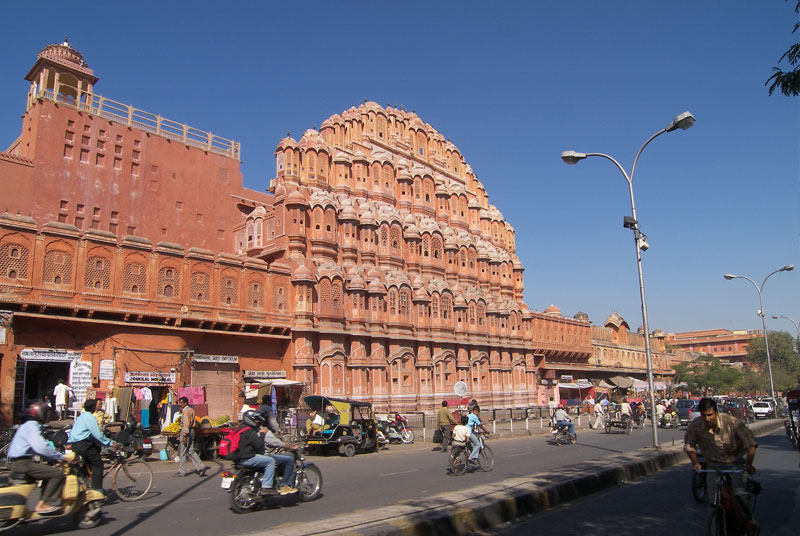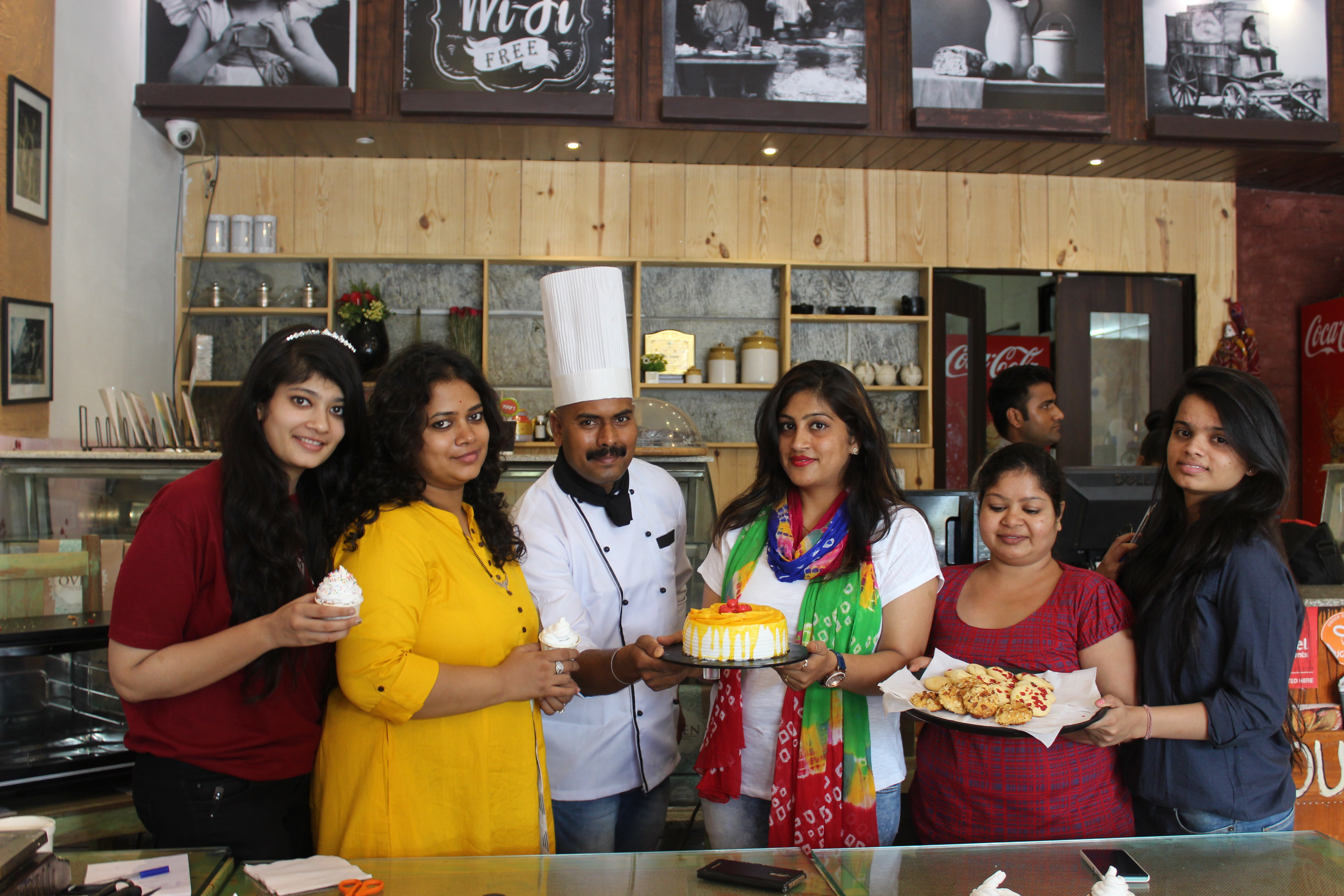The wooden-painted Kavad stands as a testament to Rajasthan’s unique cultural heritage, deeply rooted in the art of storytelling. Functioning as both a mobile storytelling device and a temporary temple, the Kavad represents a harmonious blend of carpentry, painting, and narration. Within this intricate craft, distinct professions converge: the carpenter, known as a Suthar, the artist, referred to as a Chitrakar, and the storyteller, known as a Bhat. Together, these artisans collaborate to bring the Kavad to life, with the carpenter and artist meticulously crafting its physical form, while the Kavadia Bhats breathe soul into its narratives. This revered tradition finds its home exclusively in the village of Bassi, situated in the Chittorgarh District of Rajasthan.
Jawahar Kala Kendra recently hosted a 4-day Kavad-making workshop. Led by instructors Dwarika Prasad Suthar and Govind Lal Suthar, hailing from Bassi, Chittorgarh, participants delved into the historical roots of Kavad making, a tradition spanning over 500 years. As descendants of the Suthar and Chitrakar communities, these instructors brought a wealth of knowledge and expertise to the workshop, guiding attendees through the process of crafting these exquisite wooden marvels.
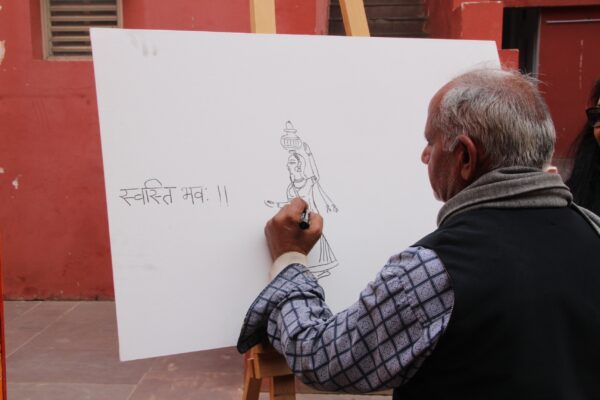
A legacy of 500 years
Dwarika Prasad Suthar, recipient of the President’s Award for his expertise in Kavad making, highlighted the enduring legacy of this folk art form, spanning over 500 years. He noted that historically, individuals from the Bhat community commissioned skilled artisans from Bassi, Chittorgarh, to create Kavads adorned with religious narratives. These portable storytelling devices, carried by bards known as Kavadiya Bhaat, served as both entertainment and a means of religious dissemination. Over time, Kavad construction evolved to include contemporary themes, reflecting current societal contexts. Suthar emphasized the importance of workshops in preserving such ancient arts, drawing upon his five decades of experience in Kavad craftsmanship. However, he lamented the decline in Kavad recitals due to changing times, with the tradition now primarily associated with decorative purposes in the digital age.
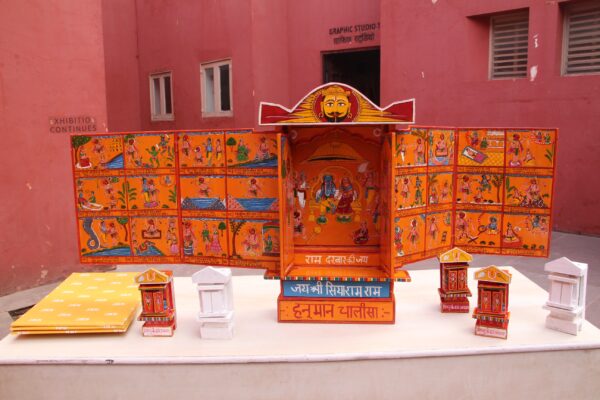
Enriching experience for participants
The participants of the workshop had the opportunity to explore the symbolism intricately woven into every detail of the Kavad. From depicting ancient religious tales including the depiction of Dashavatar, the ten incarnations of Lord Vishnu, the Kavads now also convey modern-day messages such as awareness of traffic rules and social causes like saving the girl child. Through hands-on learning experiences, attendees not only refined their craftsmanship but also contributed to the preservation of an endangered art form.
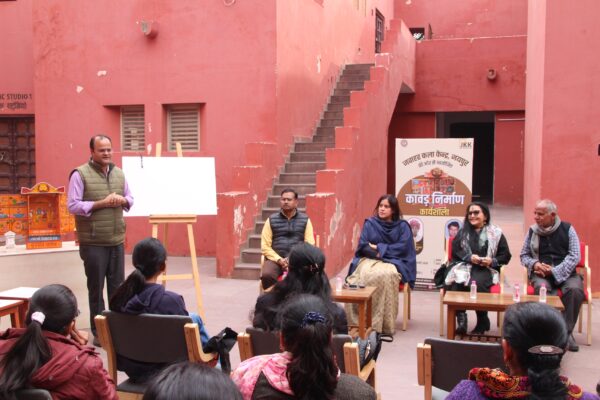
Priyanka Baweja, a workshop participant, expressed her appreciation for JKK’s initiative, emphasizing its role in revitalizing the state’s heritage and bridging the gap between past traditions and future generations. Reflecting on her experience, she shared that the workshop commenced with an introduction to the fundamentals of Kavad, its significance, and objectives. Subsequently, participants delved into practical aspects such as colour selection and techniques for drawing body figures, fostering a deeper understanding of this traditional art form.With only three families left who continue the legacy of Kavad making, workshops like these play a crucial role in keeping this ancient tradition alive.
Tusharika Singh
Latest posts by Tusharika Singh (see all)
- Music experiences in the Pink City - January 11, 2025
- Jaipur Literature Festival 2025 Announces First List of Speakers for Landmark 18th Edition - December 3, 2024
- From Rejection to Recognition: Jaipur’s Abhishek Mudgal joins NSD as stage manager - December 2, 2024


